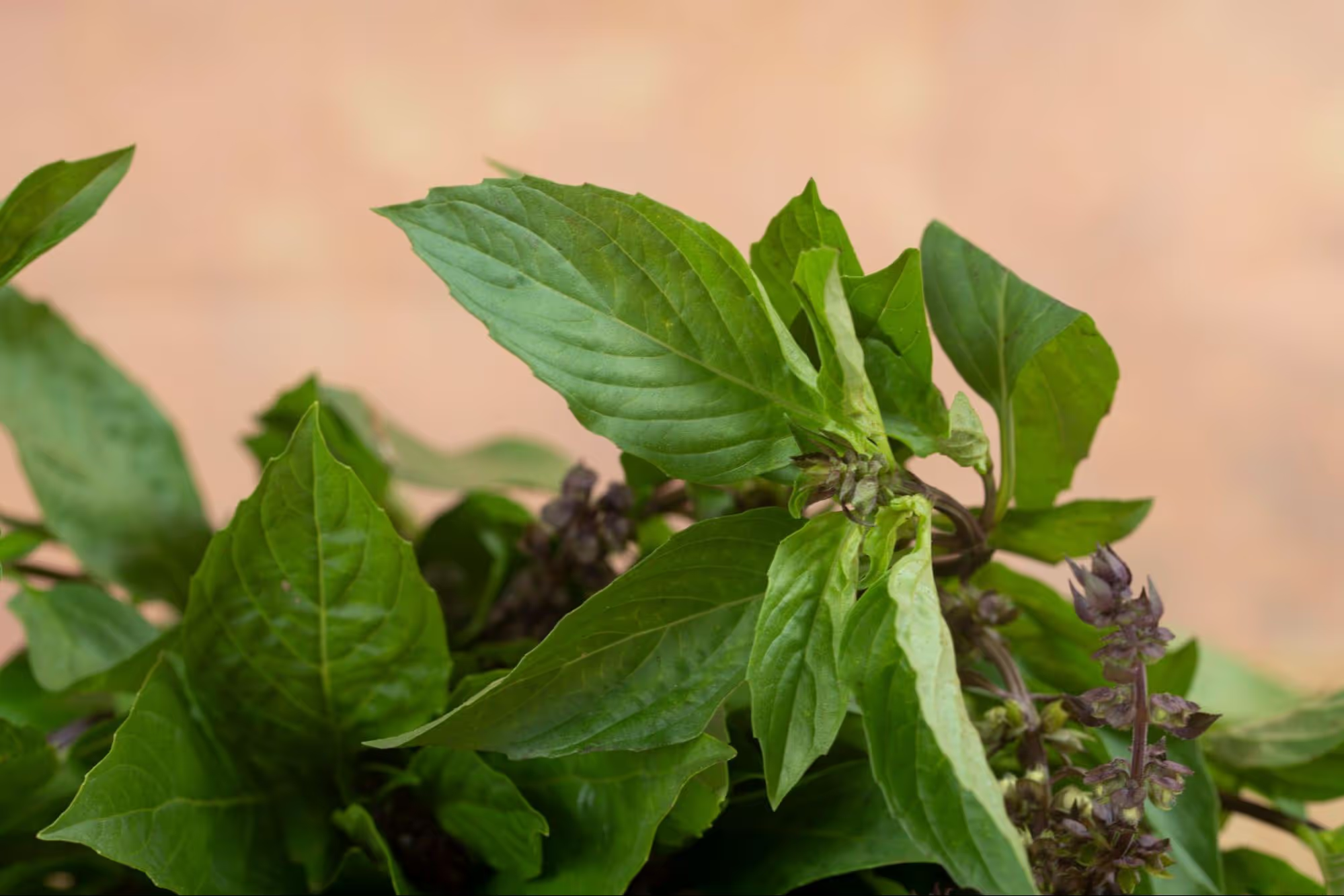
Thai basil is a herb known for its rapid growth and ease of spreading, making it a popular choice among gardeners and culinary enthusiasts. With its unique flavor, blending notes of anise and mint, it is a key ingredient in many Asian dishes. Known for reaching its full height quickly, Thai basil enables early harvests and continuous enjoyment of fresh, aromatic leaves throughout the growing season.
The growth rate of Thai basil depends on the conditions in which the plant is placed. Under ideal conditions, such as in spring and summer when days are longer and temperatures are higher, the plant can reach its full height in 2 to 3 months. This period applies to plants that are grown from seeds or seedlings. Under favorable conditions, growth can be faster, while under less favorable conditions, the growth rate may slow down.
The growth rate of Thai basil is influenced by several key factors:
Pruning and proper growth maintenance are key to accelerating growth and prolonging leaf production. Regularly removing the plant’s tips encourages it to grow wider, which increases the production of new leaves used for culinary purposes. Pruning should be done carefully to ensure the plant continues growing at its full capacity. It is recommended to leave a few leaves on the stem when pruning, allowing the plant to continue photosynthesis and maintain healthy growth.
Thai basil grows throughout the entire growing season, but its growth rate slows down as the end of summer approaches and autumn begins, especially in cooler climates. Lower temperatures and shorter days slow down the plant’s growth. Harvesting can be done throughout the summer as long as the plant produces healthy and strong leaves.
Harvesting can begin once the plant reaches a height of about 30 cm. Initially, only a few leaves should be picked from the top, and as the plant grows, more leaves can be harvested. By leaving enough leaves, the plant will continue to produce new leaves, allowing it to be harvested throughout the season.
While Thai basil grows rapidly under optimal conditions, several problems can arise that may slow its growth.
Some of the most common issues include:
Thai basil is an herb that, with proper care and optimal conditions, can provide a bountiful harvest of fresh and aromatic leaves throughout the entire growing season. Key factors affecting its growth include temperature, sunlight, soil quality, and proper watering. Regular pruning and careful maintenance of the plant promote its rapid growth and enable quicker production of new leaves and a prolonged harvest.